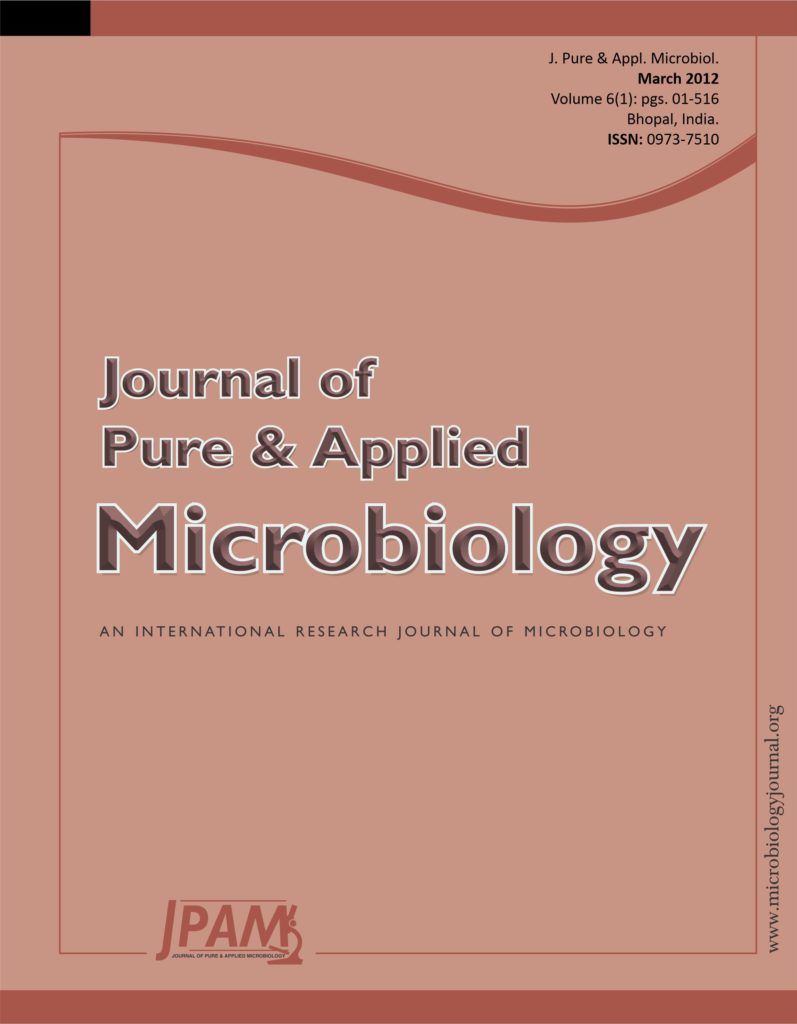The previous research conducted in abundance invasive pneumococcal infections has shown about 35 percent. This implementation of the vaccination program has been inevitable. Geographic distribution of serotypes, but infection is not known. The aim of this study was to determine the distribution of serotypes causative invasive S.pneumoniae infections. I35 Clinical isolates of S.pneumoniae were studied. Based on bacteriological and molecular methods they were identified. Then they were stereotyped with Quelling test (based on SSI protocol – Statens Serum Institut). The data were analyzed by SPSS version 17.0. The results showed that, the frequency distributions of age were: 27 patients were under 10 and 88 patients were over 11 years’ olds. The finding of this study showed that the types of 6,19,6,11 are more prevalent in patients totally. This study also indicated that the most predominant types were in respiratory tract infections (group 7*), eye infection (group 19*), blood infection (type 6,5,3 and 4) and CFS (type20) respectively. Firstly, This study was showed which type of Streptococcus pneumoniae is more prevalent in the paients in Iran. It seems the infections could be prevented by Pnumococcal 23 valent vaccines.
Streptococcus pneumoniae, Serotyping, Invasive Pneumococcal Disease (IPD)
© The Author(s) 2012. Open Access. This article is distributed under the terms of the Creative Commons Attribution 4.0 International License which permits unrestricted use, sharing, distribution, and reproduction in any medium, provided you give appropriate credit to the original author(s) and the source, provide a link to the Creative Commons license, and indicate if changes were made.


